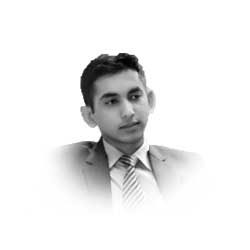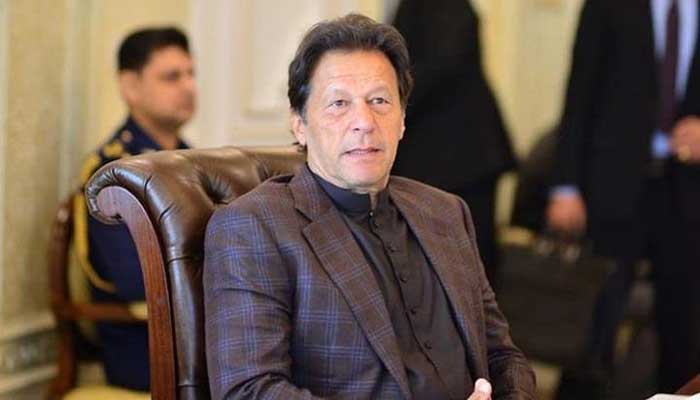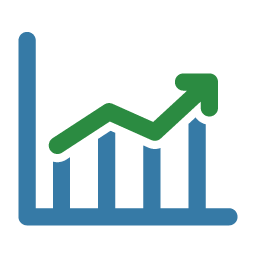By: Raja Furqan Ahmad
The term Sustainable development is defined as an approach to developing or growing by using resources in a way that allows for them to renew or continue existing for others. The concept of sustainable development can be interpreted in many different ways, but at its core is an approach to the development that looks to balance different, and often competing, needs against an awareness of the environmental, political, social and economic limitations we face as a society.
In simple terms, through sustainable development, we can recognize that what we do today to make our lives better should not have a negative consequence for our children or their children/ future generation. Sustainable development is a common agenda for global concern, which everybody agrees upon, It also highlights today world issue such as global warming, climate change, Overpopulation, Poverty, Racial discrimination, Global pandemic etc. It is generally the balance between economic growth, care for the environment and social well-being. After the industrial revolution, people-focused towards the technological advancement and development and due to the industrialization, the world started fear from the changes across the world. Air pollution, climate change as well as forest degradation play a key role in the world to think about the destruction of the earth as a planet.
The sustainable development goals (SDGs) are a new, universal set of goals, targets and indicators that UN member states. The Sustainable Development Goals, also known as the Global Goals, are a call from the United Nations to all countries around the world to address the great challenges that humanity faces and to ensure that all people have the same opportunities to live a better life without compromising our planet.
The United Nations Sustainable Development Goals (SDGs) has 17 goals with 169 targets that all 191 UN Member States have agreed to try to achieve by the year 2030. Each of the 17 SDGs has specific targets to be achieved by 2030. The goals and targets are universal, means that they apply to all countries around the world, not just poor countries but developing countries have to follow. Reaching the goals requires action on all fronts either it can be governments, businesses, civil society, non-governmental organization (NGO’s), IGO’s and people everywhere around the globe.
Let’s discuss the 17th SDGs goals according to the United Nations. The first goal of SDGs is No Poverty. This goal-focused to end poverty in all its forms everywhere. Next is Zero Hunger which emphasized to End hunger, achieves food security and improved nutrition and promotes sustainable agriculture. Good Health and Well-being is the third goal of SDGs which concentrate to ensure healthy lives and promote well-being for all at all ages. Quality Education, the fourth SDG goal stress to ensure inclusive and equitable quality education and promote lifelong learning opportunities for all. The Next is Gender Equality which points out Gender equality and empowers all women and girls. Clean Water and Sanitation Ensure availability and sustainable management of water and sanitation for all. Affordable and Clean Energy also ensure access to affordable, reliable, sustainable and modern energy for all. Decent Work and Economic Growth which Promote sustained, inclusive and sustainable economic growth, full and productive employment and decent work for all. Industry, Innovation, and Infrastructure, the nine-goal of SDGs focus to build resilient infrastructure, promote inclusive and sustainable industrialization, and foster innovation. Reducing Inequality talk about Reduce income inequality within and among countries. Sustainable Cities and Communities emphasis to make cities and human settlements inclusive, safe, resilient, and sustainable. Responsible Consumption and Production focus on sustainable consumption and production patterns. Another major SDGs goal includes the Climate Action in which it takes urgent action to combat climate change and its impacts by regulating emissions and promoting developments in renewable energy.
Life below Water and Life on Land are also the major goals of SDGs which focused on Conserve and sustainably use the oceans, seas and marine resources for sustainable development and Protect, restore and promote sustainable use of terrestrial ecosystems, sustainably manage forests, combat desertification, and halt and reverse land degradation and halt biodiversity loss. Next is Peace, Justice, and Strong Institutions which Promote peaceful and inclusive societies for sustainable development provide access to justice for all and build effective, accountable and inclusive institutions at all levels. The last goal of SDGs is Partnerships for the Goals in which Strengthen the means of implementation and revitalizes the global partnership for sustainable development.
As the SDGs were set in 2015 by the United Nations General Assembly. The goals provide the gateway to the state for their development. Now, this is the prior responsibility of the state to achieve goals before the year 2030.
The writer is a student of International Relations and freelance journalist currently based in Islamabad, Pakistan. He can be reached at [email protected]







